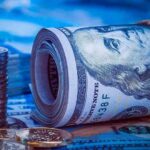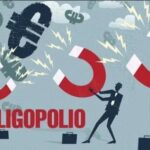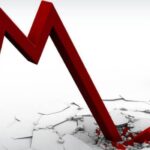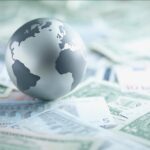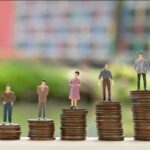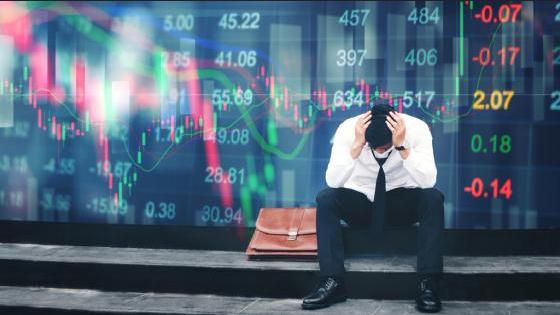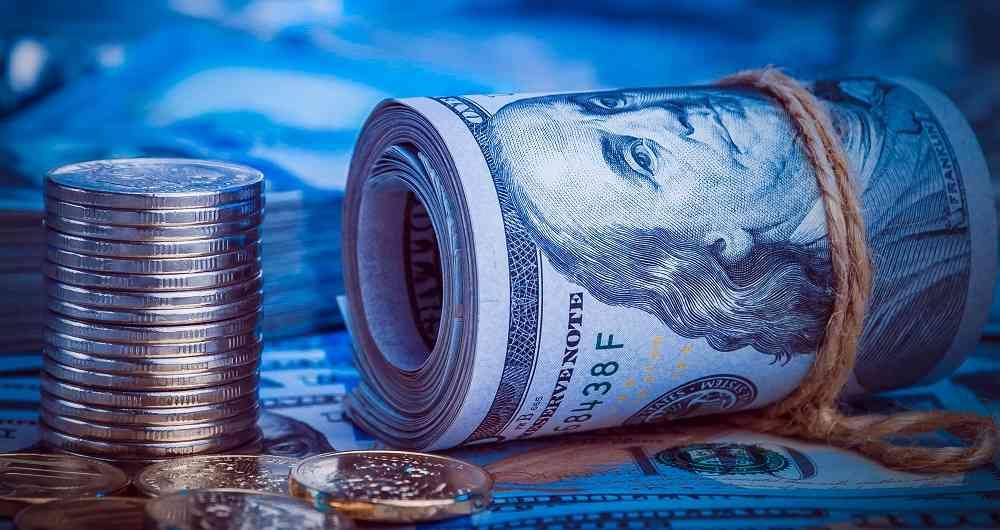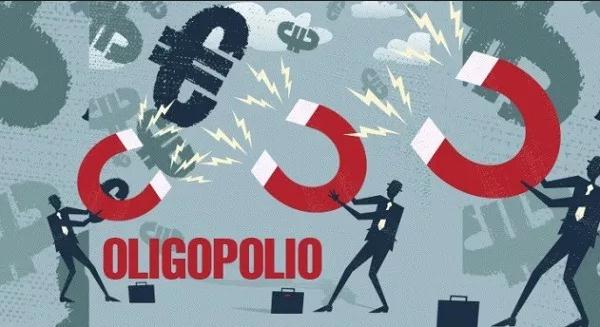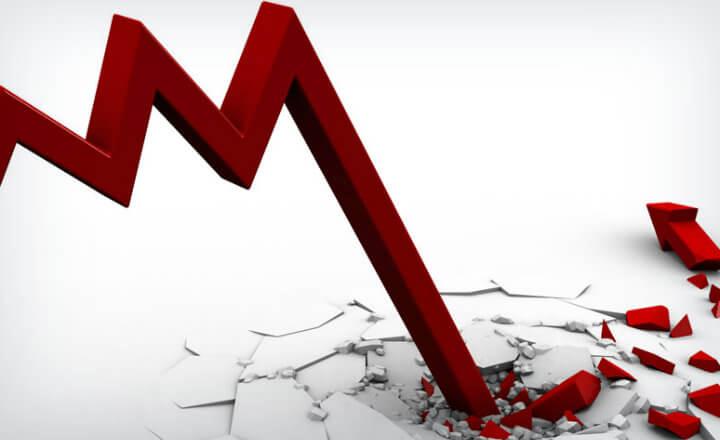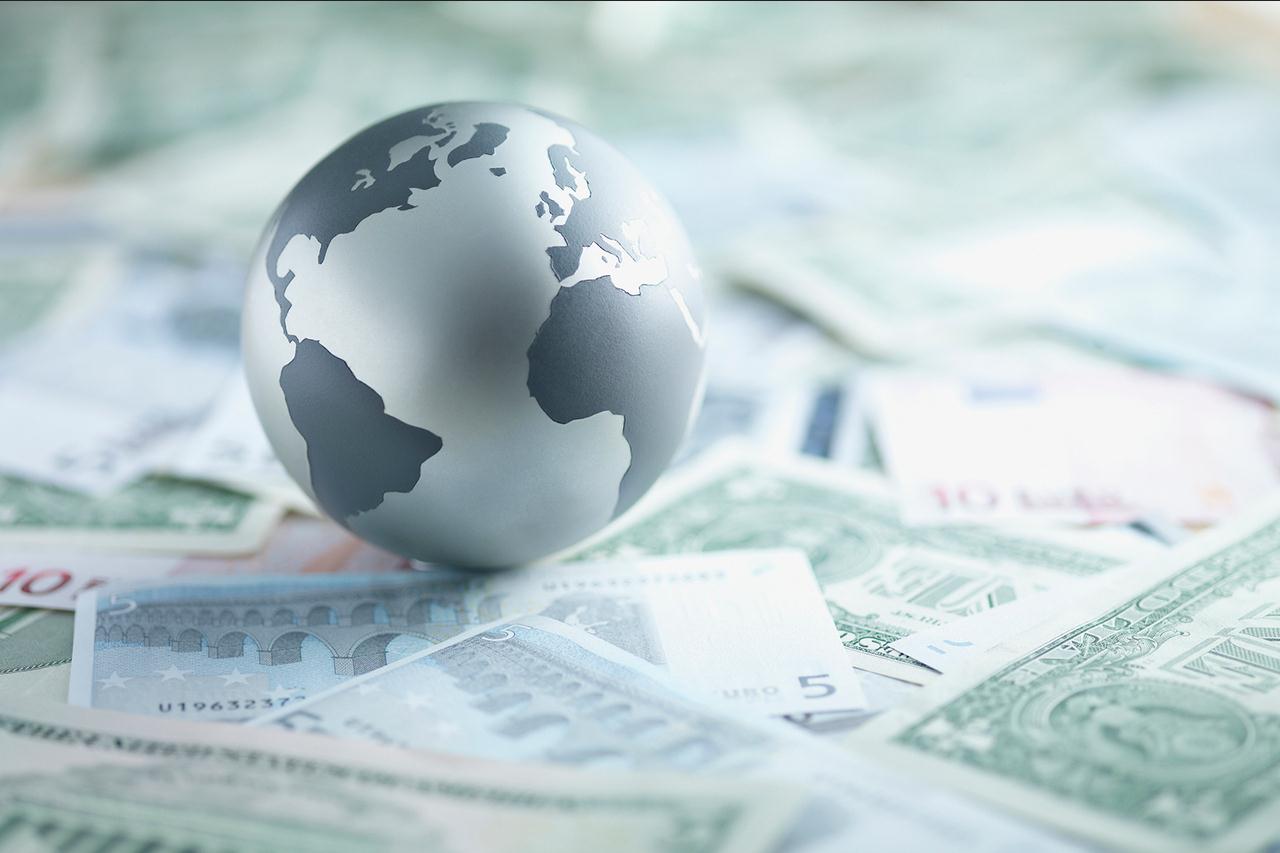It is stated that stagflation exists in a national economy when two factors combine in its performance: Inflation and economic slowdown, or inflation and recession. This concept is the mixture of the two mentioned concepts; when both phenomena come together, the consequences for an economy are considerably serious.
The idea comes from British Finance Minister Ian McLeod, who in a speech to the House of Commons in 1965 coined the term to refer to the economic situation of the United Kingdom. Specifically, he spoke of stagflation, combining the words inflation and stagnation.
At that time it was unthinkable that a situation of this type would occur, because according to the dominant economic theory of the time, Keynesianism, inflation (increase in prices) led to factories producing more and people buying more, at the same time. see that the price of goods increased considerably over time. Entrepreneurs in turn produce and spend more on stocks with the prospect of an increase in stocks in the future, while consumers would buy more as they see that their money would be worth less in the future.
In this sense, it was thought that inflation encouraged economic growth, but the theory collapsed with the events that came together in the 1970s: The Yom Kippur War and the OPEC countries’ oil embargo on the West as a consequence of his support for Israel during that war against two Arab nations. As a consequence of the oil embargo, oil increased its value considerably, generating inflation, and since this was a necessary good for the functioning of industrial economies, its scarcity laid the foundations for the first great recession in the West after the second war. world.
Symptoms of stagflation
How do you know when an economy is going through stagflation?
There are several signs that warn of a stagflation process. These are:
- GDP growth slows down at first and then begins to move into the red, decreasing over time.
- The prices of consumer goods and services rise in value without finding a demand to justify the increase; in this sense, scarcity is what encourages the inflationary process.
- The unemployment rate, or unemployment, increases considerably, impoverishing the middle and lower strata of the population.
- Considerable drop in foreign direct investment: seeing that the economy is not growing, investors take their capital out of the country.
- Destruction of the productive apparatus: Prolonged stagflation leads to companies leaving the country and national companies going bankrupt as they cannot find demand for their products and services.
- Fall in consumption: With low salaries and rising unemployment, consumers do not have sources of income to make sumptuous entertainment expenses. In extreme cases, basic expenses cannot be met either.
Causes of stagflation
For the economist Paul Samuelson, it occurs in mixed economies, where the principles of the free market and free enterprise are mixed with the central planning of the economy (with unemployment subsidies, minimum wages, high social expenses for income redistribution), where The expectations of the various economic actors are distorted by the mixture of the principles of liberal economics and planned economics.
In this process we can see how the rise in prices of an essential good for the economy first causes inflation, which leads workers to ask for increases in their salaries to maintain their standard of living, which in turn increases inflationary pressure and the expenses of the state, which, unable to impose more taxes due to the unpopularity of this measure, pressures the central bank to raise interest rates and contain inflation.
When interest rates are high, businessmen are forced to pay more for their loans to make investments in labor and raw materials, but since an inflationary process is underway, profits do not increase but rather decrease, which It leads to them hiring less and producing less, but to keeping prices on par with inflation. It is in this process that we can see stagflation underway: undermining productivity and with a constant rise in the prices of goods and services.
Other theories about the causes of stagflation
Because the historical onset of stagflation represents the great failure of the dominant economic theories of the time, economists have since put forward various arguments about how stagflation occurs or how to redefine the terms of existing theories to explain around it.
One theory states that this economic phenomenon is caused when a sudden increase in the cost of oil reduces the productive capacity of an economy.
In October 1973, the Organization of the Petroleum Exporting Countries (OPEC) issued an embargo against Western countries. This caused the global price of oil to increase dramatically, therefore increasing the costs of goods and contributing to a rise in unemployment.
As transportation costs increase, producing products and getting them to shelves became more expensive, and prices rose even as people were laid off. Critics of this theory point out that sudden oil price shocks like those of the 1970s did not occur in connection with any of the simultaneous periods of inflation and recession that have occurred since then.
Another theory is that the confluence of stagnation and inflation is the result of poorly executed economic policy.
Harsh regulation of markets, goods and labor in an inflationary environment is cited as the possible cause of stagflation.
Some point the finger at policies put in place by former President Richard Nixon, which may have led to the recession of the 1970s, a possible precursor to the period of stagflation.
Nixon imposed tariffs on imports and froze wages and prices for 90 days, in an effort to prevent prices from rising.
The sudden economic shock of oil shortages and the rapid acceleration of prices once controls were relaxed led to economic chaos. While this theory is attractive, like the previous theory, this is basically an ad-hoc explanation for the stagflation of the 1970s, which does not explain the simultaneous rise in prices and unemployment that has accompanied subsequent recessions until the present.
Stagflation and the gold standard
Other theories point to monetary factors that may also play a role in stagflation.
Nixon eliminated the last indirect vestiges of the gold standard and brought down the Bretton Woods system of international finance . This removed commodity support for the currency and put the US dollar and most other world currencies on a fiat basis ever since, ending the more practical restriction on monetary expansion and currency devaluation.
In support of their theories, proponents of monetary explanations of stagflation point to this event, as well as the historical record of simultaneous inflation and unemployment in economies based on fiat money, and the compensatory historical record of extended periods of simultaneously declining prices. and low unemployment under strong foreign exchange return systems.
This would suggest that under an unbacked fiat monetary system in place since the 1970s, we should actually expect inflation to persist during the period of economic stagnation, as has been the case.
Other economists, even before the 1970s, criticized the idea of a stable relationship between inflation and unemployment based on consumers’ and producers’ expectations about the inflation rate.
In these theories, people simply adjust their economic behavior to rising price levels, either in reaction to or in anticipation of changes in monetary policy.
As a result, prices rise throughout the economy in response to expansionary monetary policy, without any corresponding decrease in unemployment, and unemployment rates can rise or fall depending on actual economic shocks to the economy. This implies that attempts to stimulate the economy during recessions may simply inflate prices and have little effect on promoting real economic growth.
Urban planner and author Jane Jacobs saw disagreements among economists about why the stagflation of the 1970s occurred in the first place as a symptom of the loss of their academic focus on the nation as the primary economic driver rather than the city . It was her belief that to avoid the phenomenon of stagflation, a country needed to provide an incentive to develop “import-replacing cities ,” that is, cities that balance imports with production. This idea, essentially diversifying the economies of cities, was criticized for its lack of erudition by some, but carried weight among other thinkers.
Examples of this phenomenon
The first historical example is found in the European inflation of the 16th century, when the flood of gold due to the Conquest led Europe to be plunged into an unprecedented economic crisis, with increases in the prices of goods of all ranges, but without any improvement in productivity.
A second example was the oil crisis of the 1970s, where high military spending in conjunction with the increase in oil prices led to widespread inflation that was not offset by growth in the economy.
In a third case we have Venezuela where socialist policies have led to the stagnation of national production and the shortage of consumer goods leads to exponentially accelerated inflation.
After the arrival of Mauricio Macri to power in Argentina, the country enters an inflationary process as a consequence of the high public spending of the previous government and the high demand for dollars in the economy. The productive apparatus is not prepared nor does it have policies that clearly encourage growth with a clear vocation in a set of sectors of the economy.
Likewise, we can already see signs of a process of stagflation in the Mexican economy, which begins to see at the beginning of 2019 a rise in inflation and at the same time a fall in production as a consequence of an adverse international scenario and policies to stimulate production. unclear economics.
Ways out of stagflation
It is quite difficult for an economy to escape stagflation since economic measures to combat it quickly generate adverse effects. If inflation is fought with higher interest rates, economic growth stagnates and if growth is promoted with more public spending, all benefits are taken away by the rise in prices that economic incentives cause.
However, there are long-term solutions that can be considered in the midst of a stagflation process:
For this, a sustained energy supply must be guaranteed, which is the basis of all economic growth, as well as providing guarantees to entrepreneurs, both legal and fiscal, which means reducing public spending and charging less taxes so that companies can prosper. , guarantees against oligopolies and monopolies to strengthen competitiveness, agility and organization in the granting of construction licenses that motivate greater spending backed by a real economy, labor flexibility so that companies can hire more and so that salaries do not put pressure rising prices and investment in an education that is in line with the needs of the present and future labor market.
Other considerations about stagflation
The de facto consensus on stagflation among most economists, financiers, and policymakers has essentially been to redefine what they mean by the term “inflation” in the modern era of modern financial and monetary systems.
The persistent increase in price levels and the decrease in the purchasing power of money, that is, inflation, is only assumed as a basic and normal condition in the economy, occurring both during periods of economic expansion and during recessions.
Economists and policymakers generally assume that prices will rise, and focus primarily on accelerating and decelerating inflation rather than inflation itself.
The dramatic episodes of stagflation in the 1970s may be a historical note today, but since then simultaneous economic stagnation and rising price levels have in some sense formed the new normal during economic downturns.

